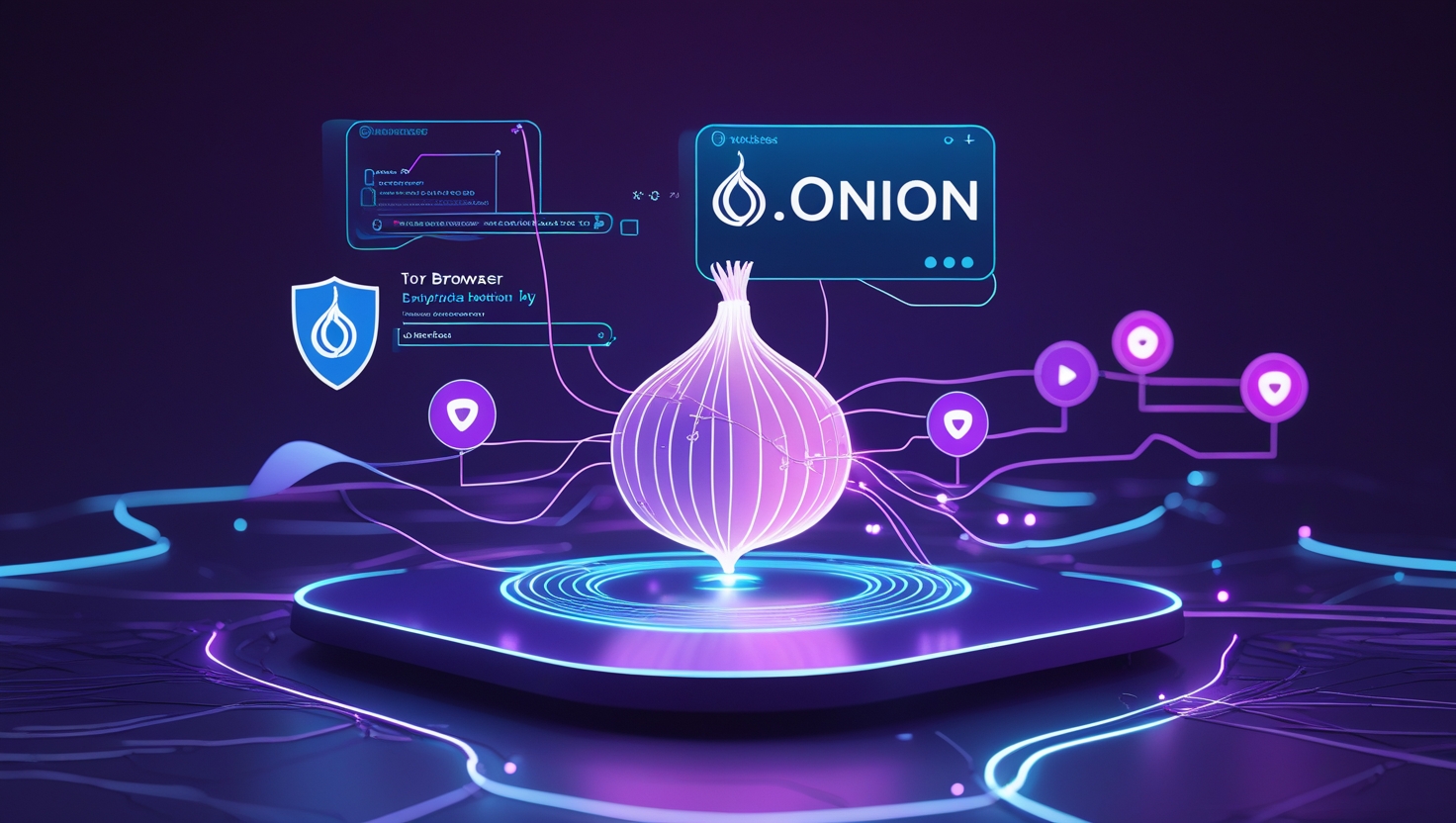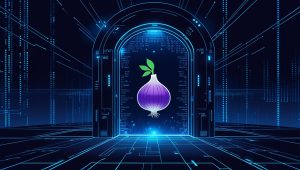What Are Onion Links and How Do They Work?
Onion links are special web addresses that end in “.onion” and are only accessible through the Tor network. Unlike regular websites, which are indexed on the surface web and use standard domain extensions like .com or .org, onion sites operate on an encrypted layer of the internet. This makes them invisible to traditional search engines and unreachable without the right tools. The main purpose of onion links is to provide anonymity—both for the site operator and the visitor—by masking IP addresses and routing all traffic through multiple encrypted relays. You can learn more about Tor’s mission and tools on the Tor Project official site.
Understanding the Tor Network
The Tor (The Onion Router) network uses a layered encryption system, similar to peeling back the layers of an onion—hence the name. When you visit an onion link, your connection is routed through at least three Tor nodes: an entry node, a middle relay, and an exit node (for surface traffic) or directly to a hidden service (for .onion sites). Each relay only knows the next step in the chain, not the entire route, making it extremely difficult to trace your activity. Onion addresses themselves are long, random strings generated through cryptographic keys, ensuring that only those with the exact address can reach the site. Onion sites operate on an encrypted layer of the internet, making them invisible to traditional search engines and unreachable without the right tools.

Common Misconceptions About .onion Sites
Many people believe that all onion links lead to illegal or dangerous content. In reality, there are countless legitimate and legal uses for onion services. Major organizations like ProPublica, The New York Times, and DuckDuckGo operate official onion sites to give users a censorship-free, privacy-focused browsing option. While it’s true that the dark web also hosts illicit marketplaces and scams, visiting an onion link in itself is not illegal in most countries. The key is knowing which links are safe, verified, and trustworthy—a topic we’ll cover in detail in later sections.
What Is the Hidden Wiki and How It’s Going in 2025 – An updated overview of the Hidden Wiki, its current status, and how users access it today.
How We Verify and Update Our Onion Directory
Our onion directory stays reliable because we update it often and check every link carefully. Onion addresses change without warning. Some vanish, while others get replaced by fake versions. To protect users, we test uptime, check link health, and confirm authenticity through trusted sources.
Last-Checked Dates & Link Health
Each link in our directory shows a “Last Checked” date so users know when it was last verified. This matters because onion sites can go offline overnight. We run our checks inside the Tor network to avoid data leaks and false results. When a site is down, we mark it as offline or remove it until it is safe to use again.
We also examine SSL or TLS certificates for sites that use encryption. Although not all onion services have these certificates, many trusted ones do. If a certificate is expired or mismatched, it can be a sign of a phishing clone. By combining uptime checks with encryption reviews, we keep the directory accurate and safe for anyone browsing.
Cross-Checking with Official Mirrors
A site that is online may still be dangerous if it is a fake copy. Attackers often clone onion services to trick users, steal data, or install malware. To stop this, we compare every onion address with official mirrors published by the site owner.
When possible, we confirm these mirrors using PGP signatures. Many respected sites, such as SecureDrop and ProPublica, sign their onion addresses with a verified public key. We validate these signatures before listing them. If a site changes its address, we update the listing and label the old one as deprecated. By repeating these steps, we make sure our directory stays fresh, accurate, and trustworthy.
Top Trusted Onion Links in 2025 (Verified & Active)
Not all onion sites are risky or illegal. Many are run by respected organizations that value privacy, free speech, and secure communication. These services offer a safe entry point to the dark web for users who want to explore legitimate resources. Below are some of the most trusted onion sites that remain active and verified in 2025.
News and Whistleblowing Platforms
One of the most important uses of onion services is independent journalism and whistleblowing. Among the few major newsrooms with an active dark web presence, ProPublica is widely respected for its investigative work and dedication to open access. Its Tor-based platform is designed for readers who need censorship-free access to journalism, especially in countries with restricted media. The onion site is fully optimized for privacy, keeping all activity within the Tor network and shielding visitors from tracking. For many whistleblowers and researchers, it’s a vital gateway to credible, in-depth reporting. You can explore their work at the ProPublica investigative journalism platform.
Another trusted platform is SecureDrop, an open-source whistleblower submission system used by major news outlets. SecureDrop lets journalists receive sensitive documents without exposing a source’s identity. Every SecureDrop instance is operated by a specific media outlet, so visitors must always use the verified onion link from that organization’s official page.
The New York Times also runs its Onion site. It provides uncensored access to global news and investigative reporting for readers in countries where the media is restricted. These platforms demonstrate that onion services can be vital tools for truth and transparency.
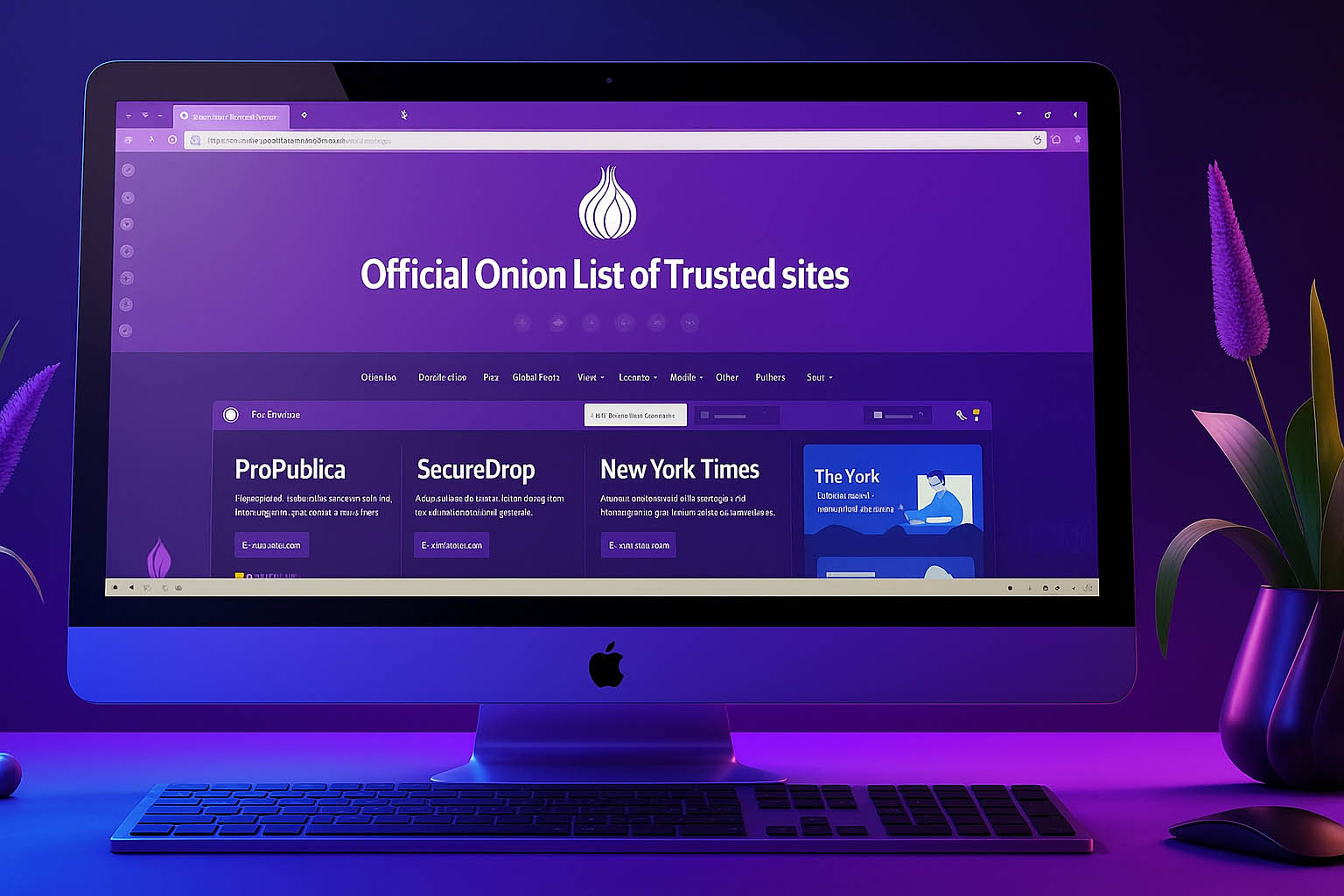
Privacy & Anonymity Tools
Some onion sites focus on protecting user privacy and online anonymity. The official Tor Project onion site is one example, offering downloads of the Tor Browser and resources for safe browsing. Accessing it via the onion link ensures users are not tracked by third-party services.
The privacy-focused search engine DuckDuckGo also maintains an onion version. This allows users to search the web without logging their queries, while keeping traffic entirely within the Tor network.
Another valuable service is Riseup, which provides secure email and communication tools for activists, journalists, and privacy advocates. Its onion site ensures all connections are encrypted end-to-end, protecting user identities even in high-risk environments.
These trusted services show that the dark web is more than criminal markets—it is also a home for free speech, privacy, and secure communication.
Working Onion Links Directories and Indexes in 2025
For newcomers to the dark web, onion directories act as the main navigation tool. They list categories of sites with short descriptions and direct onion links. However, not all directories are trustworthy. Some are outdated, while others are dangerous clones designed to mislead users. Knowing which ones are active and safe in 2025 is essential.
The Hidden Wiki & Its Clones – Identifying Safe Mirrors vs. Fake Ones
The Hidden Wiki is one of the most famous onion directories. It has been around for years and provides a large list of links to different onion services. However, there is no single “official” Hidden Wiki. Because of its popularity, it has been cloned many times. Some clones replace safe links with phishing pages or illegal sites.
How the Hidden Wiki Became the Gateway to the Dark Web – A deep dive into how this directory earned its place as one of the most visited resources on the Tor network.
To use the Hidden Wiki safely, you must verify the onion address from a trusted source. Check the “last updated” date on the directory’s homepage. Compare the onion address with listings on known, verified onion indexes like DarkFail. Avoid directories that push suspicious markets or ask for personal details. Many unsafe clones exist purely to trick visitors into visiting scam pages.
Alternative Onion Indexes – DarkFail, Ahmia, and OnionLinks
While the Hidden Wiki is well known, several alternative directories offer safer and more transparent options. DarkFail is one of the most respected onion indexes. It tracks uptime for hundreds of verified onion services and lists the official onion mirrors for each. DarkFail is also PGP-signed, making it harder for scammers to fake.
Another excellent choice is Ahmia, which works both as a search engine and an index. It filters illegal content and focuses on privacy-friendly sites. Ahmia can be accessed from both the clearnet and through its onion link. You can visit the Ahmia onion search engine for a safe way to explore verified onion sites.
OnionLinks is a simpler directory that lists onion sites by category. It’s updated frequently and includes several niche sections that other directories don’t cover.
By using these verified indexes, you can explore the Tor network more safely and avoid the common traps set by fake directories.
Avoiding Fake Onion Links 2025 and Scam Sites
The dark web has many safe and valuable resources, but it also contains dangerous sites that can harm users. Fake onion links are one of the most common threats. These look like legitimate addresses but lead to phishing pages, malware downloads, or scams. Knowing how to spot and avoid them is critical for safe browsing in 2025.
Signs of a Dangerous .onion URL – Red Flags Like Phishing, Odd Spelling, No PGP
A dangerous onion link often shows clear warning signs. One of the most common is slightly altered spelling in the address. These look almost identical to a real site but have one or two letters changed. Scammers use this trick to trick visitors who type addresses from memory.
Another red flag is when a site requests sensitive information it normally wouldn’t need. If an onion service asks for your email, government ID, or cryptocurrency keys, it’s almost certainly a scam.
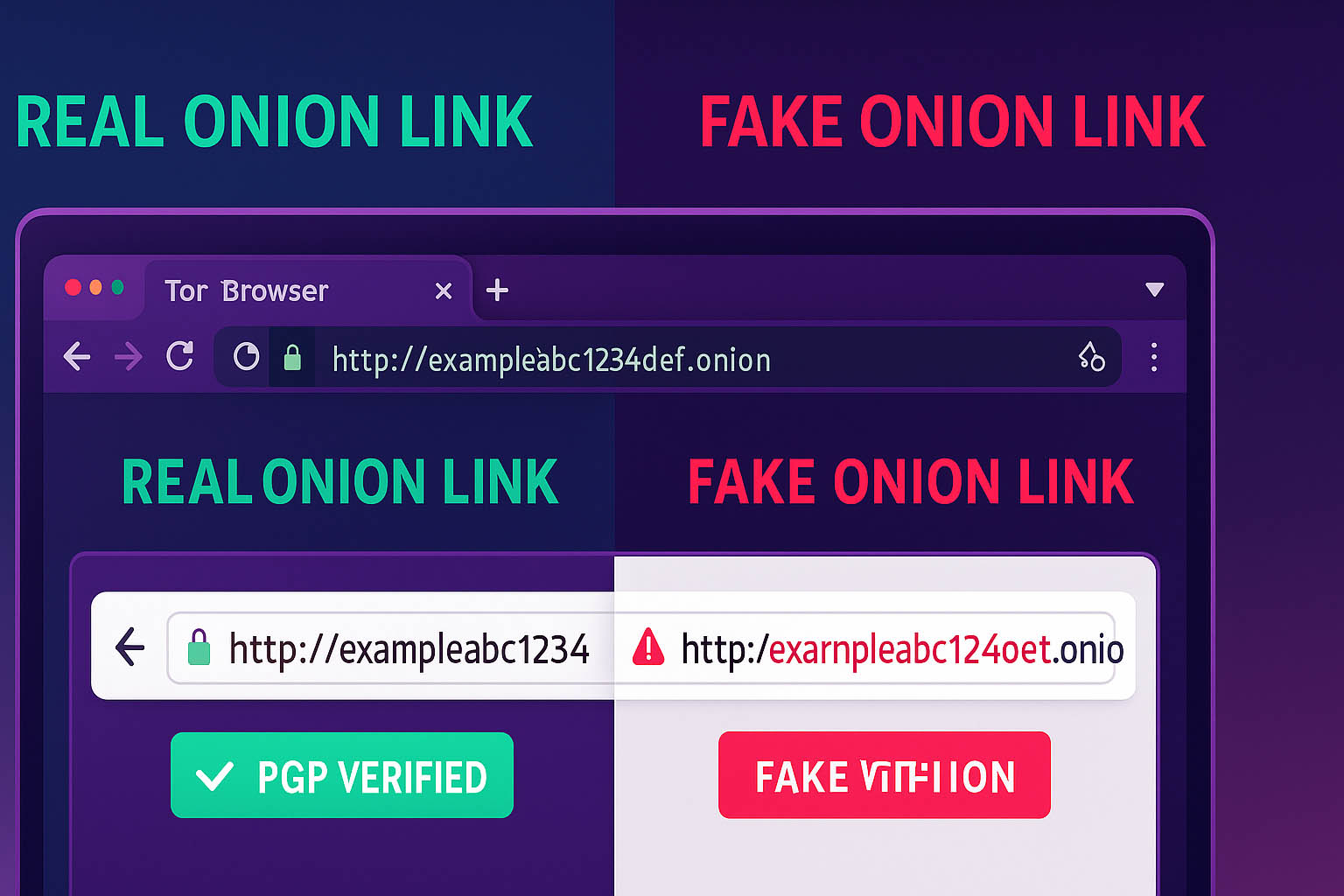
Legitimate onion services often use PGP signatures to prove their authenticity. If the site does not have a PGP verification or it shows an unverified key, you should be cautious. Also, be wary of sites with expired or mismatched SSL/TLS certificates, as this can be a sign of a clone.
How to Verify an Onion Link Before Visiting – Safe Methods for Checking Authenticity
The safest way to verify an onion link is to get it from a trusted source. This could be the clearnet site of the organization, a reputable onion directory like DarkFail, or an official social media account of the service.
You can also check for a PGP-signed message containing the onion address. Compare the public key fingerprint with the one published on official channels. This ensures the site is operated by the correct owner.
Before visiting, test the link using privacy-focused uptime checkers within the Tor network. Never click random onion links from forums, unverified lists, or suspicious emails. By taking a few extra minutes to verify, you can avoid phishing traps, malware infections, and scams, keeping your dark web activity safe and private.
Essential Privacy Tools for Safe Onion Browsing
Accessing onion sites requires more than just the Tor Browser. While Tor hides your location and encrypts traffic inside its network, extra privacy tools make your browsing much safer. Using the right settings and adding layers of protection reduces the risk of tracking, malware, and exposure.
Tor Browser Security Settings – Safer Browsing Mode & JavaScript Control
The Tor Browser includes built-in security levels that adjust how it handles scripts, media, and site elements. For safer browsing, use the “Safer” or “Safest” mode found in the browser’s security settings. These modes block potentially harmful scripts, disable some types of media, and reduce attack surfaces used by malicious sites.
JavaScript is one of the most common ways attackers exploit browsers on the dark web. Many onion phishing sites use JavaScript pop-ups or redirects to capture information. Disabling JavaScript entirely, or at least limiting it to trusted sites, greatly lowers this risk.
Tor Browser also supports HTTPS-Only Mode, which forces encrypted connections whenever possible. While not all onion sites use HTTPS, many legitimate ones do. Enabling this feature adds another layer of protection against tampering and interception.
Why a VPN Is Recommended Before Tor – IP Masking & ISP Privacy
Using a VPN before starting Tor adds an extra shield to your anonymity. With this setup, your internet provider sees only an encrypted connection to a VPN server, not that you are using Tor. This prevents potential ISP logging and helps bypass network restrictions in countries where Tor usage is monitored.
A VPN also masks your real IP address from the Tor entry node. This means even if the entry node were compromised, it would only see the VPN’s IP. Reputable VPN providers also prevent DNS leaks, ensuring all your traffic stays inside the encrypted tunnel.
Combining Tor Browser’s security settings with a trustworthy VPN creates a strong defense against surveillance, tracking, and cyberattacks, giving you a much safer dark web experience.
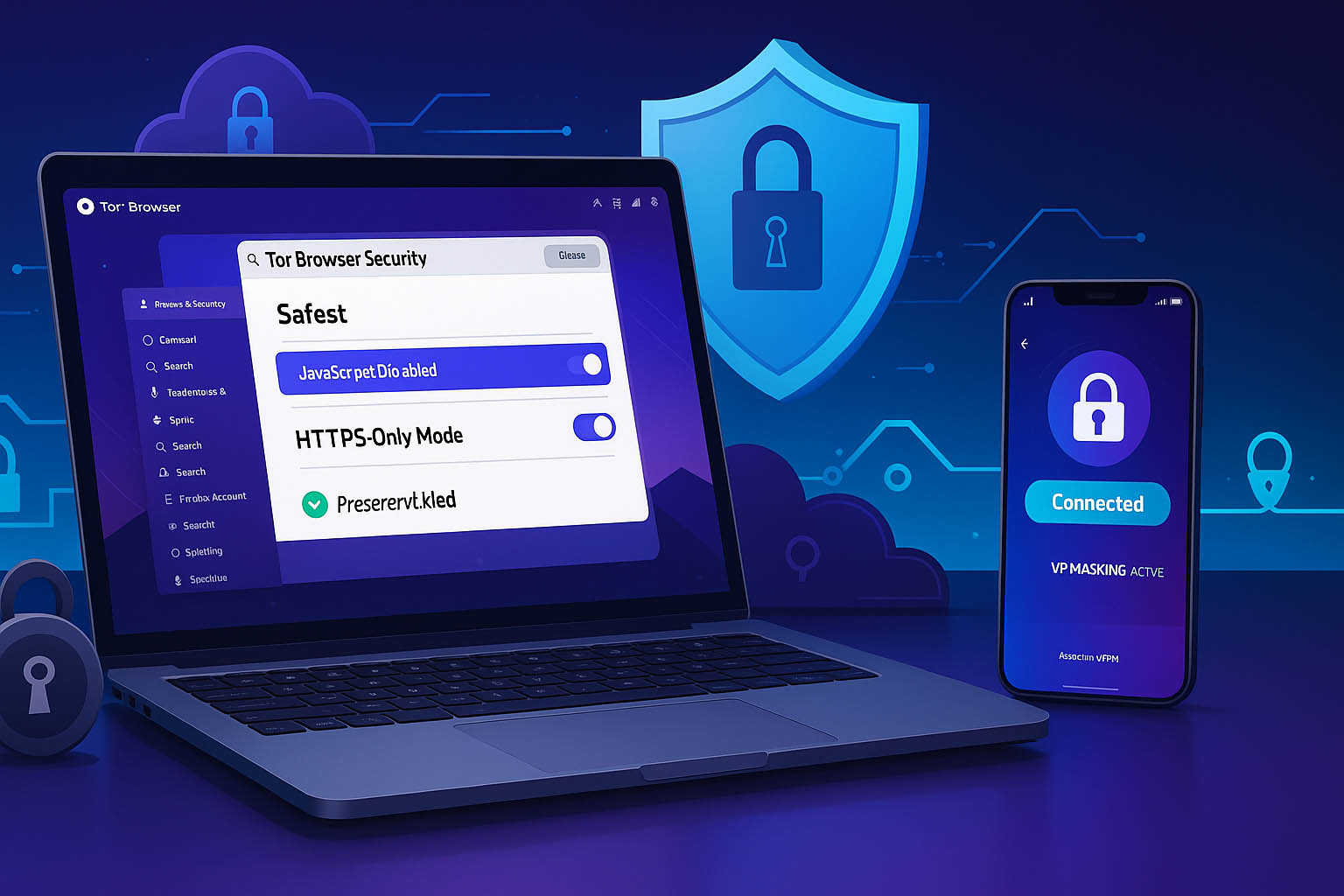
Frequently Asked Questions About Onion Links
Onion links can be confusing for new Tor users. Many people are unsure about their legality, stability, and safety. These common questions help clear up the uncertainty so users can browse with better awareness and confidence.
Are Onion Links Legal in My Country? – General Legality Overview
In most countries, visiting an onion site is not illegal by itself. The Tor network is simply a privacy tool, and onion addresses are a type of domain that requires Tor to access. Many onion services are legitimate, such as news outlets, search engines, and privacy tools.
However, the legality changes when the content itself is illegal under your local laws. For example, accessing a marketplace selling prohibited goods or downloading copyrighted material without permission can lead to legal consequences. In some countries with strict internet regulations, even using Tor may be restricted or monitored.
Before browsing onion sites, it’s wise to understand the internet laws in your jurisdiction. If you live in a country where Tor is blocked or suspicious activity is heavily monitored, using a VPN in combination with Tor can help you stay private. Remember, legality depends on what you do on the network, not just the act of visiting it.
How Often Do Onion Links Change? – v3 Address Stability
Onion links, especially older v2 addresses, used to change often changed due to security upgrades or service migrations. Since the move to v3 addresses, onion sites have become much more stable. V3 addresses are longer, more secure, and harder to fake, reducing the need for frequent changes.
That said, onion links can still change if the site owner switches hosting providers, updates their server setup, or responds to security threats. Many legitimate services announce new addresses through verified channels, such as PGP-signed updates, official clearnet sites, or trusted onion directories like DarkFail.
If you rely on certain onion services, it’s a good habit to check them through a verified directory before each visit. This ensures you’re connecting to the correct and current version of the site, avoiding downtime or dangerous clones.
Final Thoughts – Staying Safe on the Dark Web
The dark web offers valuable resources for privacy, free speech, and secure communication, but it also carries risks. Safe browsing depends on knowing which sites to trust and how to protect yourself while navigating the internet. By using the right tools, verifying links, and adopting strong security habits, you can minimize your exposure to threats and maximize the benefits of the Tor network.
Responsible Use of Onion Links – Ethics & Security Practices
Using onion links responsibly means avoiding illegal or harmful activities. While many onion services are legitimate, the dark web also hosts scams and dangerous marketplaces. Ethical use starts with visiting only verified, safe resources. You should never share personal information, reuse passwords, or click suspicious links on onion sites.
Is the Silk Road Still Active on the Dark Web Market or Not? – Exploring the truth behind the most infamous dark web marketplace and whether it still exists.
Security practices are just as important. Keep your Tor Browser updated, use the safest security level that still allows your intended browsing, and disable JavaScript unless necessary. Combining Tor with a VPN adds another layer of anonymity, keeping your real IP hidden from entry nodes and internet service providers. Responsible use is not just about protecting yourself—it also helps maintain the dark web as a tool for privacy and freedom.
Bookmarking Trusted Sources for Future Access – Maintaining Your Safe List
One of the best ways to avoid scams and fake onion sites is to create your list of trusted addresses. Bookmark verified links directly in your Tor Browser or store them in an encrypted file. Make sure each address comes from a reputable source, such as the site’s official clearnet page or a trusted directory like DarkFail.
Since onion sites can change over time, review your list regularly. Replace outdated addresses with their updated versions and remove any that go offline. Maintaining your safe list ensures that you always have quick access to the sites you trust without risking visits to malicious clones.
Recent Blog Posts:
- How the Hidden Wiki Became the Gateway to the Dark Web – https://hidden.wiki/how-the-hidden-wiki-became-the-gateway-to-the-dark-web
- What Is the Hidden Wiki and How It’s Going in 2025 – https://hidden.wiki/what-is-the-hidden-wiki-and-how-its-going-in-2025
- How Is the Deep Web Going in 2024 – Users’ Experiences – https://hidden.wiki/how-is-the-deep-web-going-in-2024-users-experiences
- Is the Silk Road Still Active on the Dark Web Market or Not? – https://hidden.wiki/is-the-silk-road-still-active-on-the-dark-web-market-or-not

